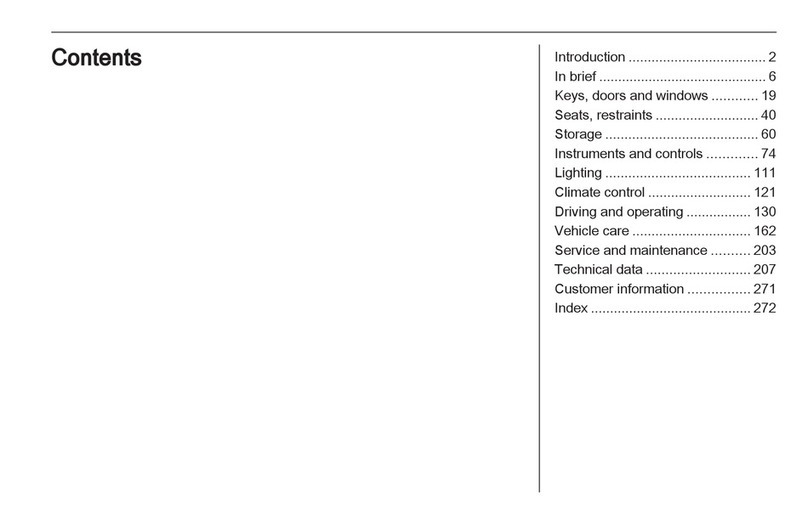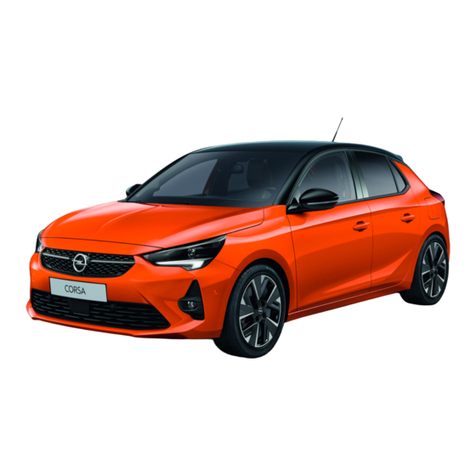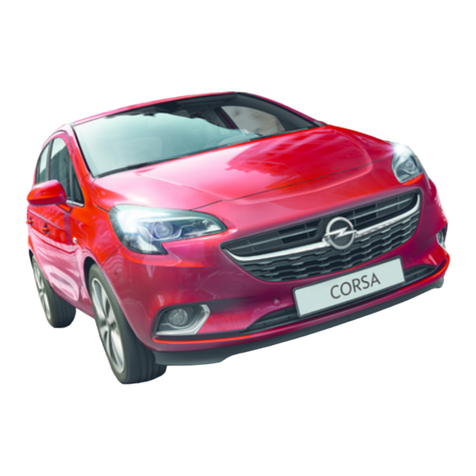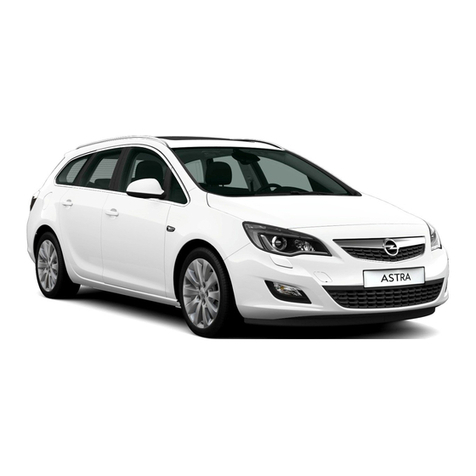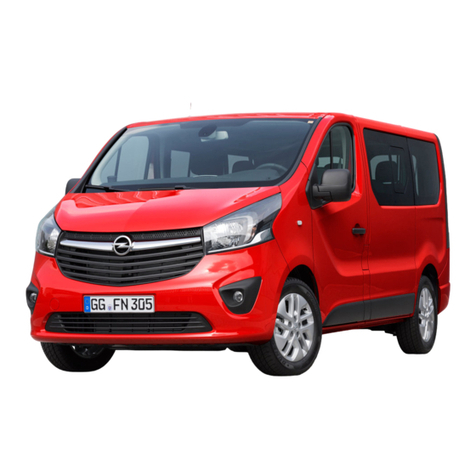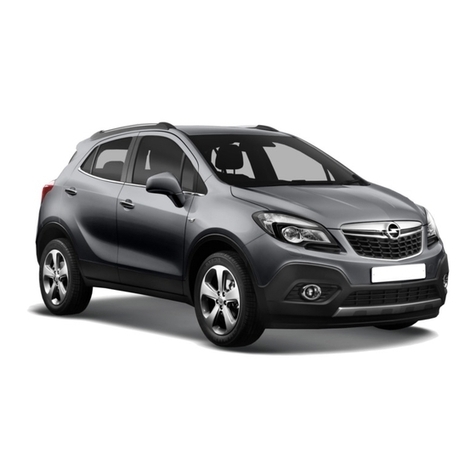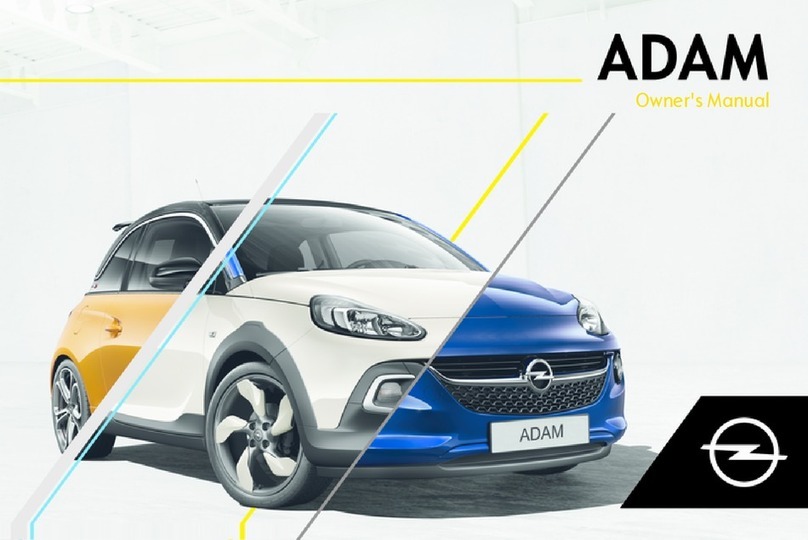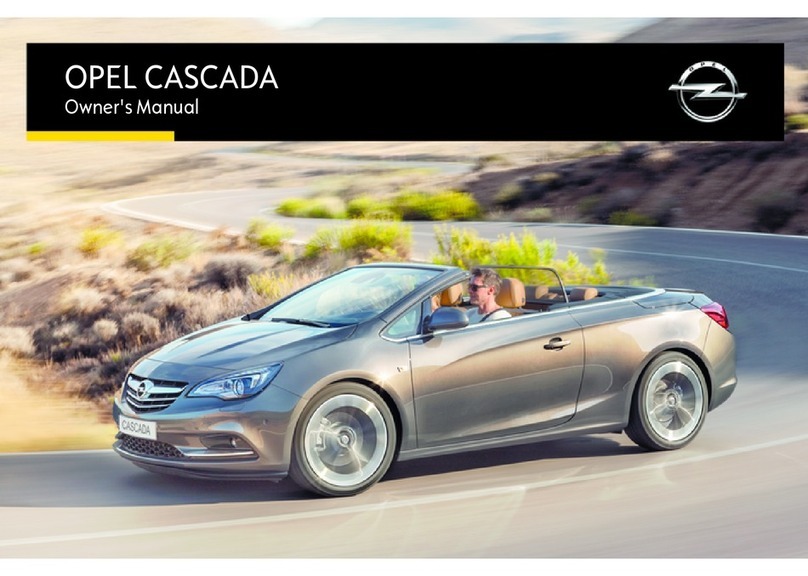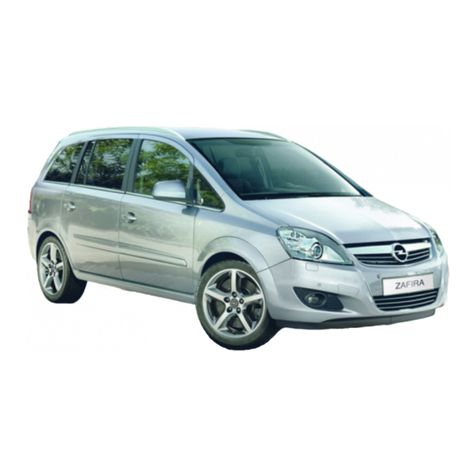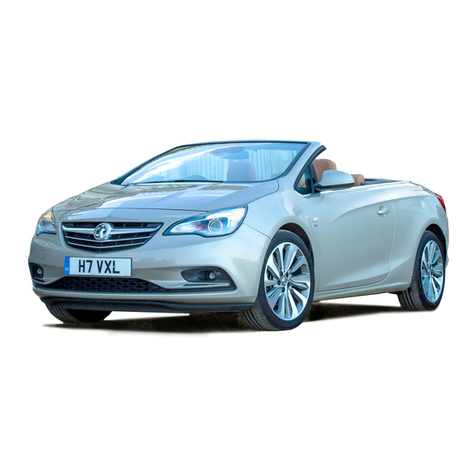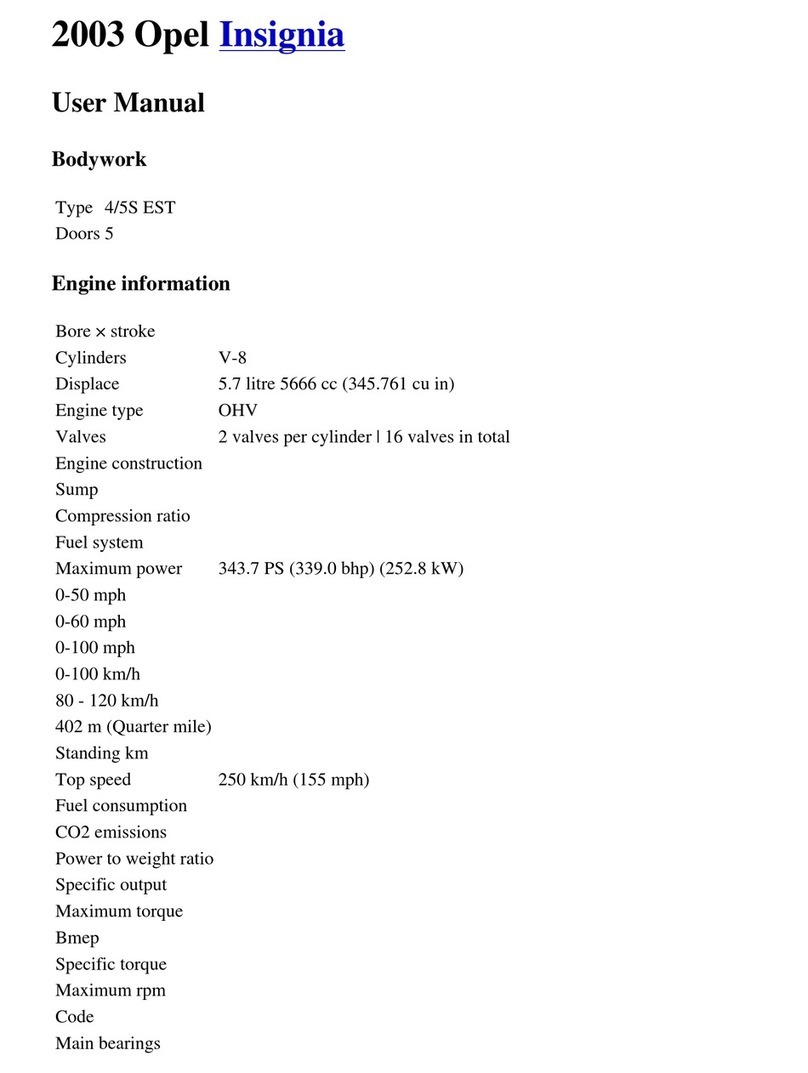
6
Seat adjustment
Note
Only the driver's seat is adjustable.
Pull handle, slide seat, release
handle. Try to move the seat back and
forth to ensure that the seat is locked
in place.
Seat belts
9Warning
The lower part of the strap must be
positioned as low as possible on
the pelvis.
The upper part must be positioned
in the hollow of the shoulder.
In order to be effective, a seat belt
must:
● be tightened as close to the
body as possible.
● be pulled in front of you with a
smooth movement, checking
that it is not twisted.
● only be used to secure one
person.
● not show signs of tearing or
fraying.
● not be changed or modified, in
order to avoid affecting its
performance.
9Warning
Use a suitable child restraint
system if the passenger is less
than 12 years old or shorter than
one and a half metres.
Make sure that the seat belt is
correctly positioned and tightened.
Never use the same seat belt to
secure more than one child.
Never carry a child on your lap.
For more information on restraint
systems, refer to the
corresponding section.
9Warning
Have the seat belts checked
regularly by a qualified workshop,
particularly if the straps show
signs of damage.
Clean the seat belt straps with
soapy water or a textile cleaning
product, sold by dealers or
qualified workshops.
The seat belts are equipped with an
inertia reel which allows the strap
length adjust to your shape
automatically.
The seat belt returns to its storage
automatically when it is not used.
Before and after use, ensure that the
seat belt is reeled in correctly.

